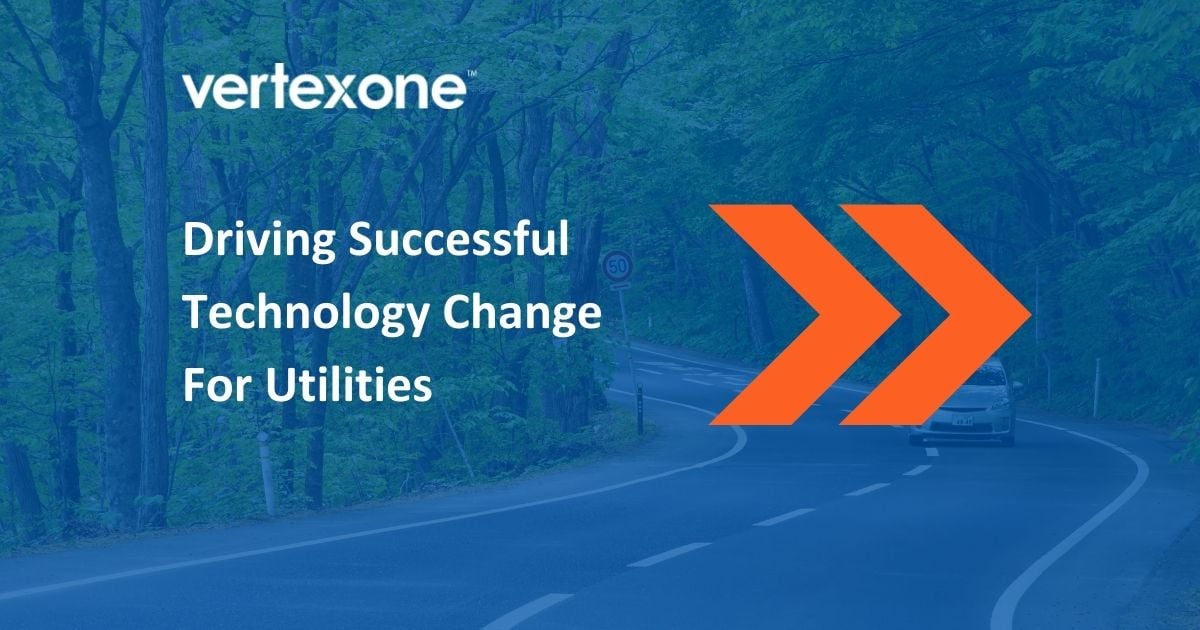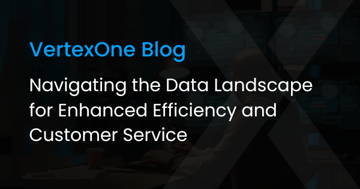
Another version of this article appears in CS Week Newsline, Summer 2021 Edition
Where is your utility in its technology journey? Every utility out there has a unique path in its quest to provide the ultimate in customer experience, and each is at a different stage in that journey. Yours is no different. But because it can be a long process, you can’t just think about what changes you need to make today. You need to have a plan for the future, a roadmap to achieve that ultimate goal. And because that goal may be years away, your plan needs to be flexible, to adjust to changing times, to new technologies, new
capabilities, and new expectations—so you can react quickly to better meet your customers’ needs.
Often, though, a utility’s customer information systems (CIS) have lifespans that go well beyond a decade, sometimes even two. Because of this, keeping up with changes in technology and customer expectations doesn’t—and can’t— mean implementing a whole new system every few years. While some utilities are indeed ready for a CIS replacement today, others must take incremental steps to improve the systems they currently have. For example, you might be at any of these stages of the journey with your CIS and customer service technology:
• You are ready to move to a cloud CIS but need education on how to implement one and what to expect.
• You need to improve your customer-facing website and mobile capabilities. Perhaps finding a vendor that can build, integrate, and manage these with your existing CIS is the right course.
• You need to upgrade but not fully replace a legacy CIS, such as adding the latest reporting and analytics to better optimize and analyze your customer data.
• You want to improve the productivity of your field service teams, assignments, and jobs by implementing Mobile Workforce Management.
• Or you simply need improved support and management of your existing systems.
In more than 20 years, we’ve seen several utilities who get excited about the possibilities of change and charge up the mountain, when the reality is that they aren’t ready for that kind of climb. Heading into a big technological change, it’s important that companies are prepared for what’s to come. These are just a few examples of possible steps on your road to providing the ultimate customer experience. Some of them can be
implemented in months, others may take a year or more, but all of them fall within one of the following categories:
Enhance a business process
It isn’t enough to consider changing your technology to add a new feature—or an entire new CIS—for the sake of the technology itself. True, newer technology can simplify future projects, but you must also consider the impact on the business and how the users will use it tomorrow. The last thing you want is to invest in such a large purchase, only to have the internal users or customers not take advantage of its capabilities.
You must also think about how you will measure the success of a technology project. Newer technology may outperform its predecessors in many ways, but you need to ensure the business gains more benefits than speed. Will the new technology decrease call handling time, increase customer satisfaction up, or lower total field service costs? In short, a successful technology upgrade is more than a low defect count or the total
gigaflops per core in the servers. You need to be able to anticipate and measure the impact it has on the business.
Enhance the technology
Can you incrementally make a few changes to the technology to get more out of the current applications or infrastructure? While a business process change should take full advantage of your technology to optimize operational efficiency, a technology enhancement can increase the capacity of existing systems, add more processing power, support more users, add on missing functionality—or just extend the applications life for another year or two.
A technology enhancement might involve an infrastructure change or adding a new capability to existing technology. As such, it might involve only a few people from the business and IT to determine what the change is, the impact, and the plan to execute. This can take anywhere from a few days to a few months.
Add new technology
Adding new technology can take anywhere from 6 months to 3 years, depending on the impact on the business and the procurement processes of your company. Both software and hardware technology are constantly evolving, along with customer expectations enabled by those technologies. For example, only a few years ago, most people didn’t think twice about going to the bank or an ATM to deposit a check—now everyone deposits checks using their smartphone camera and a mobile banking app. Choosing a technology that is future-proof is critical in today’s world. The technology should be flexible and adaptable enough to accommodate the next “big thing” that comes along, without starting over from square one. The technology needs to constantly evolve whether that be through new updates/releases or through additional modules that can easily integrate.
Replace technology
If you can’t enhance your current technology, you might need to replace it. This is the proper option when the technology can no longer scale to support the business needs or meet customer demand. It is also appropriate when the cost of new technology is less than the cost of trying to prop up the old systems or infrastructure.
Unless you’ve already identified the replacement technology, the selection process alone can take six to 18 months. The implementation which follows can be anywhere from four months to 2 years. Both the selection process and implementation usually require the help of a third party, so the costs are significant. However, for utilities at least, a CIS replacement project comes around only once every 10 to 25 years. This investment takes a strong business case and many internal sponsors and champions. And these timelines don’t necessarily include the weeks or months it could take to build up the backers needed to make a wholesale technology change.
Times are changing
Always remember it’s more than technology that’s changing. Your business and customers are always changing, too, so your business processes should be upgraded to fully utilize the technology. Why continue producing a report that no one has used for years, just because you “might” someday need to see it again? Why allow your dispatchers to go back to the way they’ve done things for the last 10 years after you implement a new mobile workforce management system with scheduling optimization? Create new optimized processes that take advantage of the technology, so you can realize the efficiencies the new technology can enable. Below are a few questions that you should be thinking about as you plan your utility technology changes:
• Will it lead to improved customer satisfaction and retention?
• Will this solution lead to greater self-service adoption, resulting in fewer calls coming into the call center?
• Are customers more likely to use the portal on their desktop or an app on a mobile device?
• Which feature(s) are they more likely used on one platform or another?
Wherever you are today, your technology roadmap should be about more than just implementing the latest and greatest technology. It takes experienced coaching, multiple carefully executed plans, and a series of smaller wins. It’s about taking the right steps for your organization, at the right time, with the right measure, until you reach the ultimate goal. That’s why it’s so important to find a technology partner that can deliver a full plan to get you to the end goal and provide support after go-live.
Finding the right technology partner
The right vendor can help you with both aspects of a technology transition. They can help you build out the right infrastructure and applications, so you get the technology right. But they should also help you assess your current and future business needs, so the new technology actually helps you operate more efficiently today and tomorrow.
To do all that, you need a partner that lowers risk, not adds it. One that simplifies your business, rather than complicates it. One that’s in it for the long haul—the whole journey. That’s why VertexOne offers technology roadmaps that include solutions your utility needs and can execute today, plus all the future steps your need to reach your ultimate CIS goal, on a schedule that’s right for you. VertexOne will meet you where you are today and where you will be in 5 years, 10 years, and beyond. Let them be your expert guide to exceptional
technology and service, while you remain the expert on your business.
Build a Custom Roadmap for Your Utility Billing Software
For more information about how utility technology supports a more efficient company and happier computers, download our Guide to the Ultimate Utility Customer Information System. In this guide, you will learn more about how the right utility billing software can increase your business’s efficiency and improve your customer experience and engagement.




